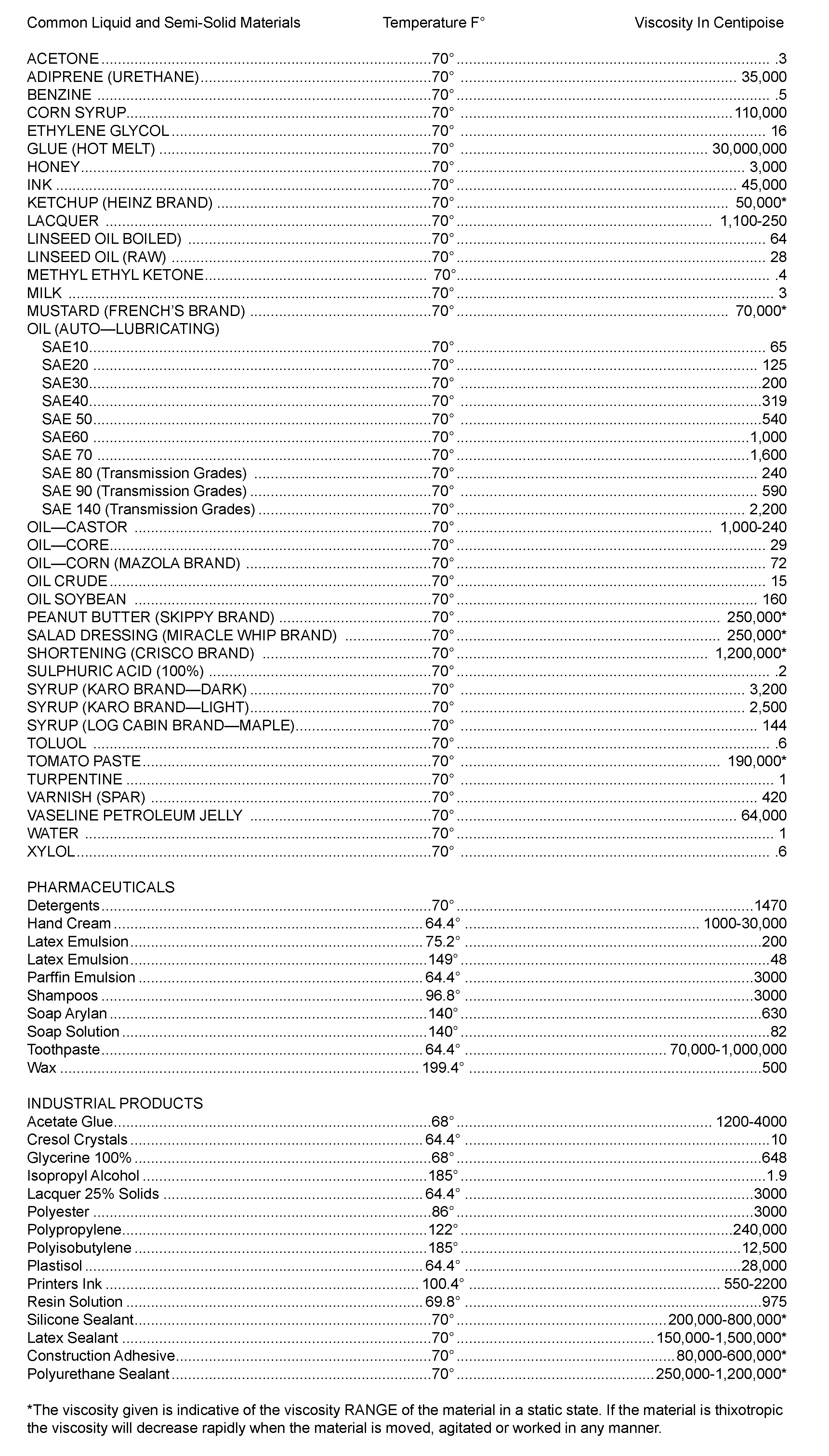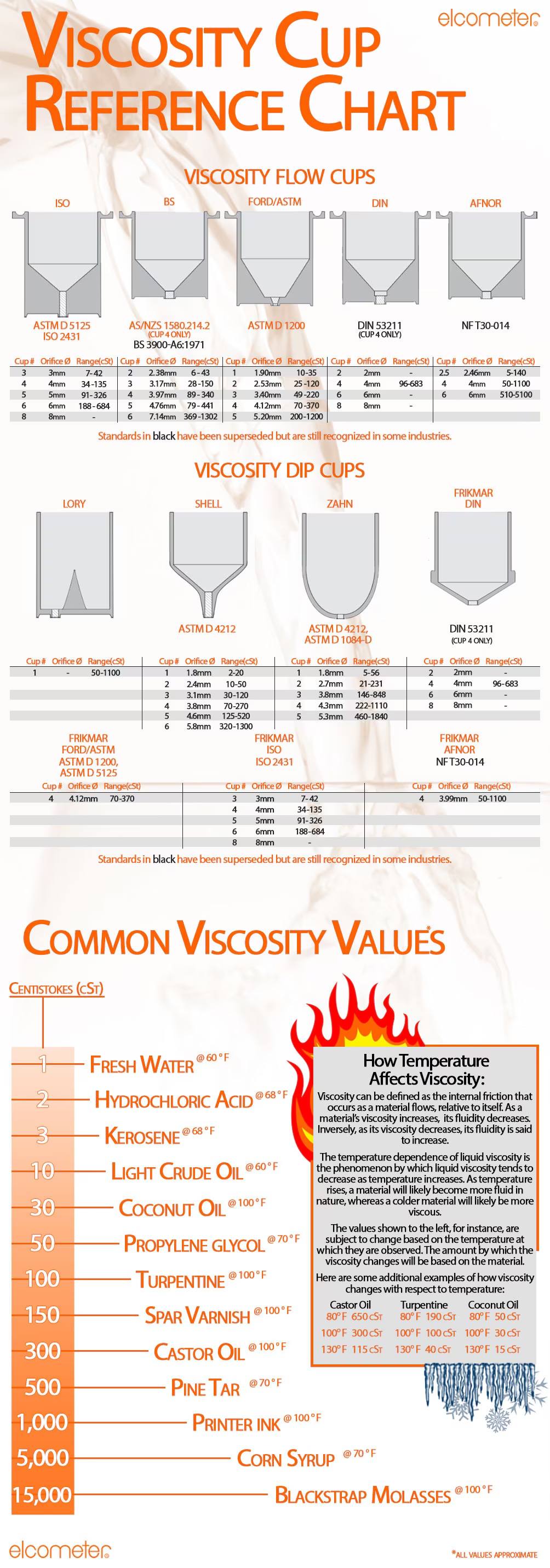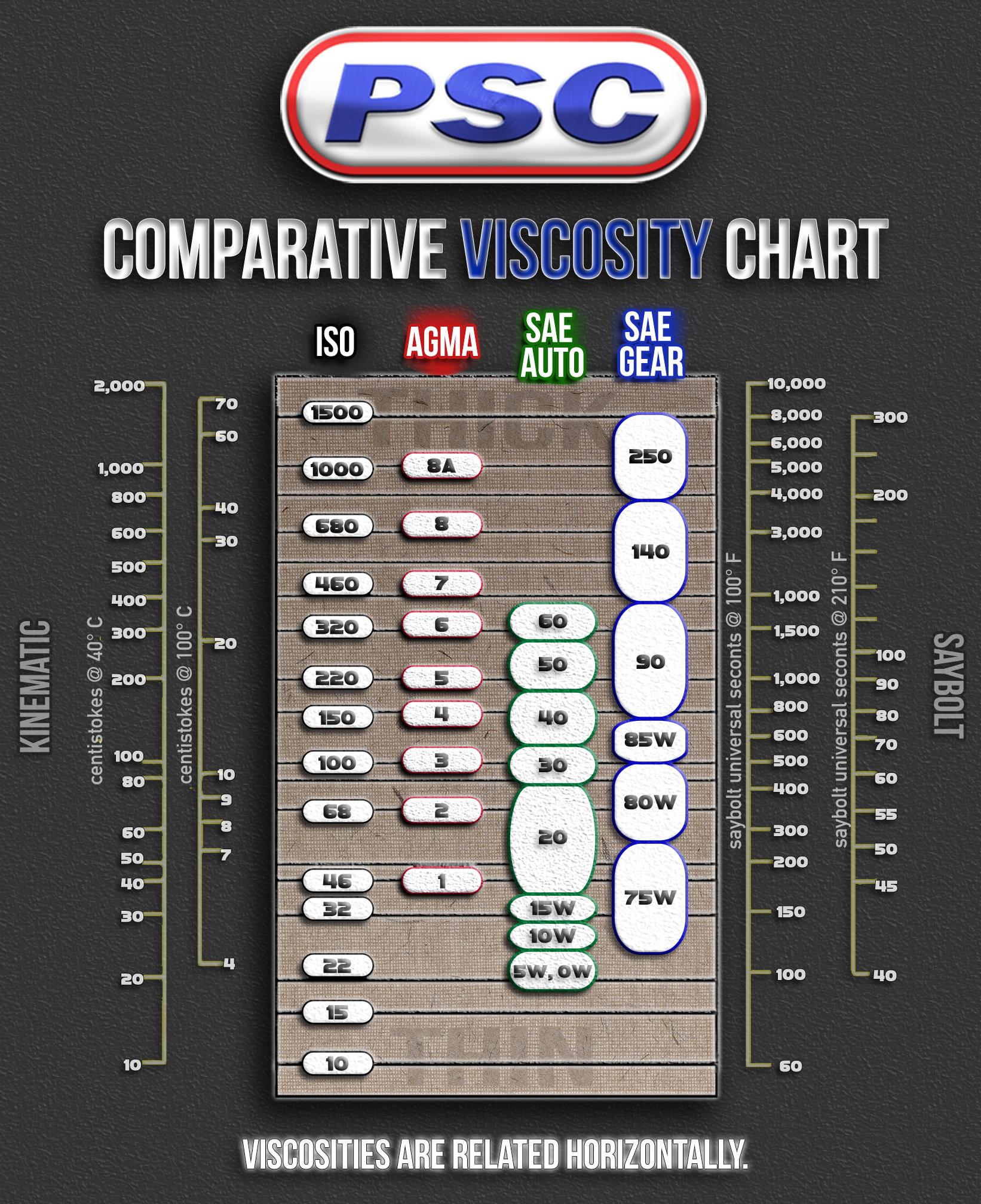
You shouldn’t force the engine or run at high revolutions until it gets below 20 cSt.īetween 40☌ and 80☌In this temperature range the curves of different viscosities begin to cross, showing better protection with the higher viscosity index of the better multigrade oils. You can see that even a 10W-40 is too thick for most engines when started.īetween 20☌ and 60☌While the engine is warming up, the viscosity drops towards its ideal level.

The engine will run dry for various seconds until the oil is able to circulate. To see more detail in a given temperature range, click the range you want.īetween 0☌ and 30☌Between 0☌ and 30☌ a SAE 40 is thicker and harder to pump than the rest of the oils. This graph is for typical products in the market (note, this tool uses Flash which may not work on some devices.)


To calculate the graphs of any four specific oils with their spec sheets and our graphic conversion tool, click here. The 5W-40 Synthetic starts with a lot less viscosity and maintains it better in the hotter parts of the engine. Viscosity comparison between different motor oils at different temperaturesĪ SAE 40 oil is more viscous (resists flow more) than the rest and ends up with less viscosity in the hotter areas of the engine like the rings, bearings, turbos, valve guides and valve train.


 0 kommentar(er)
0 kommentar(er)
